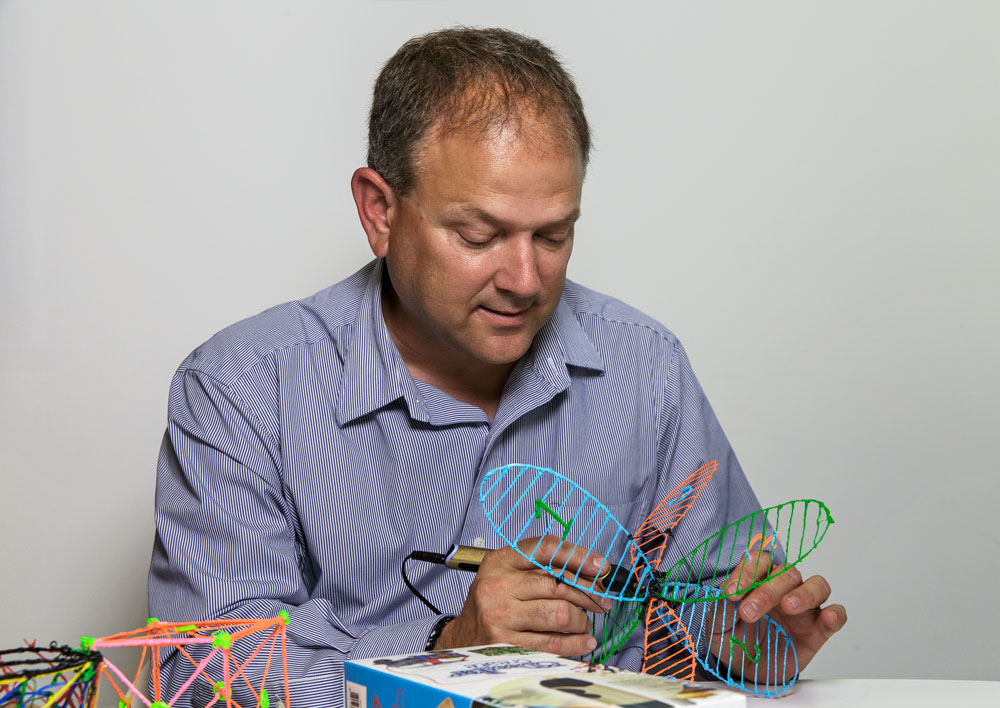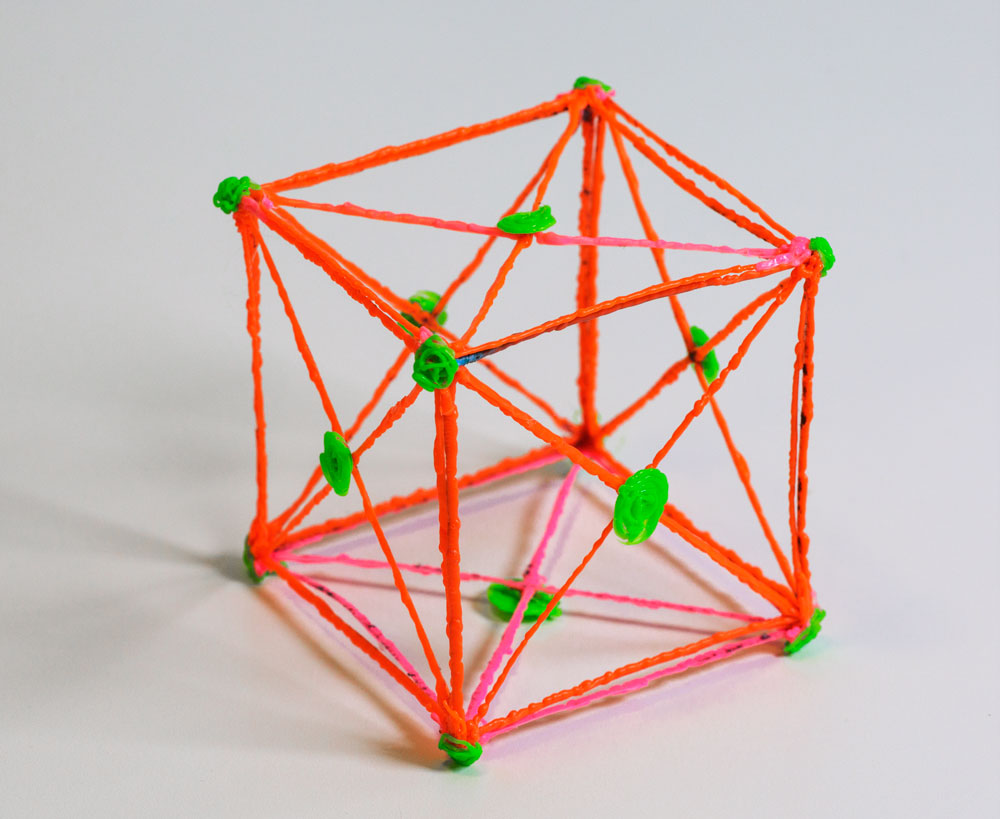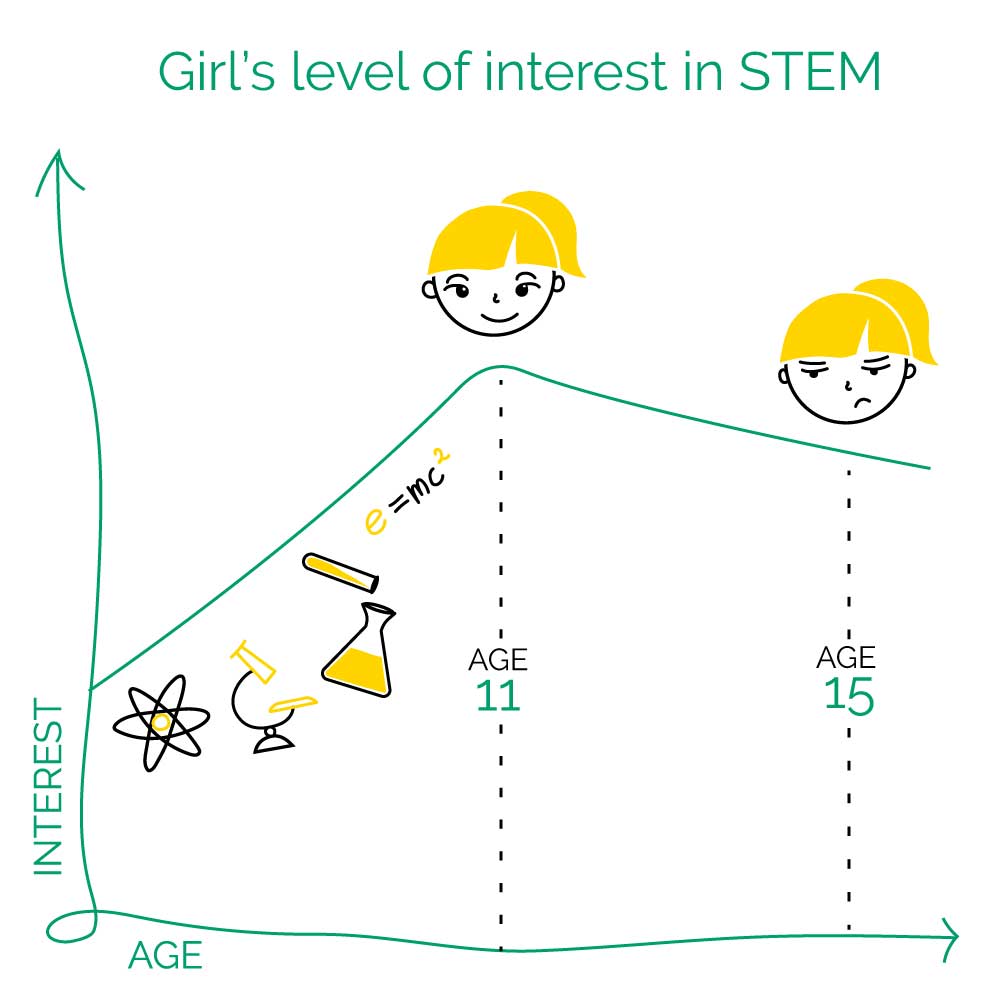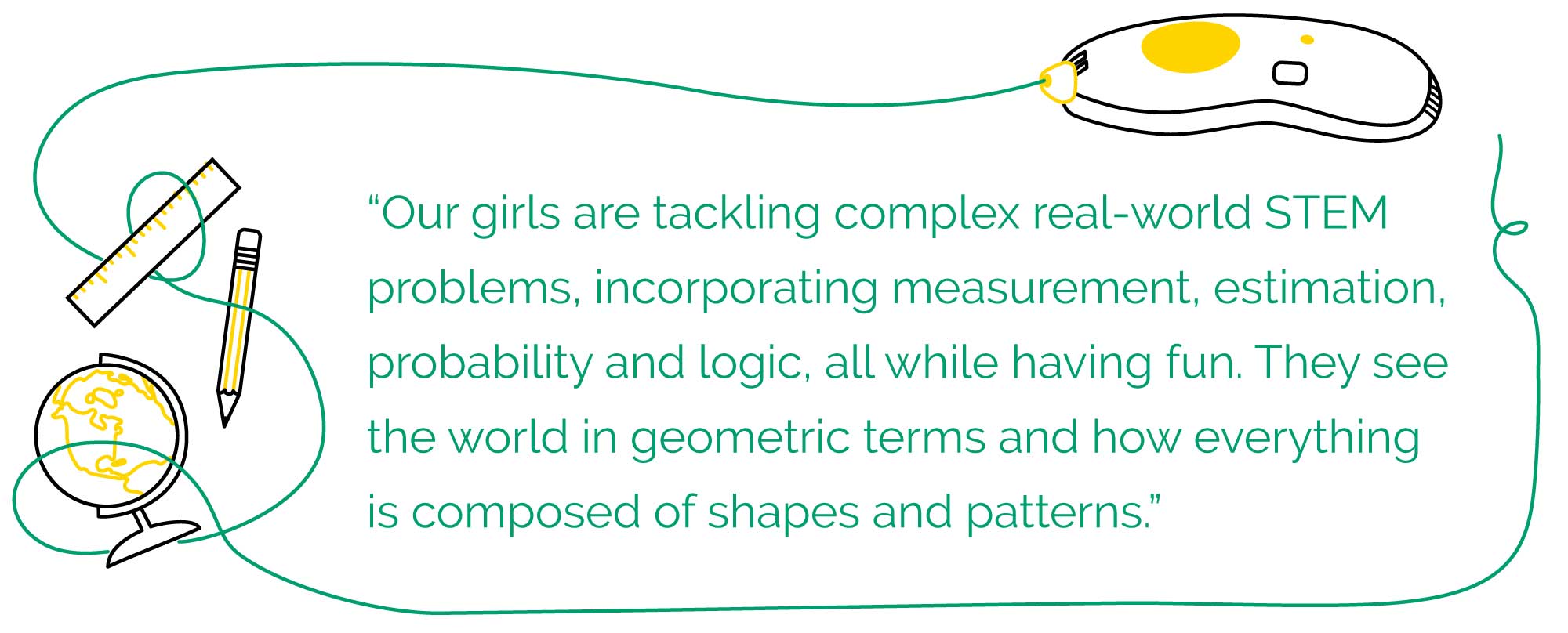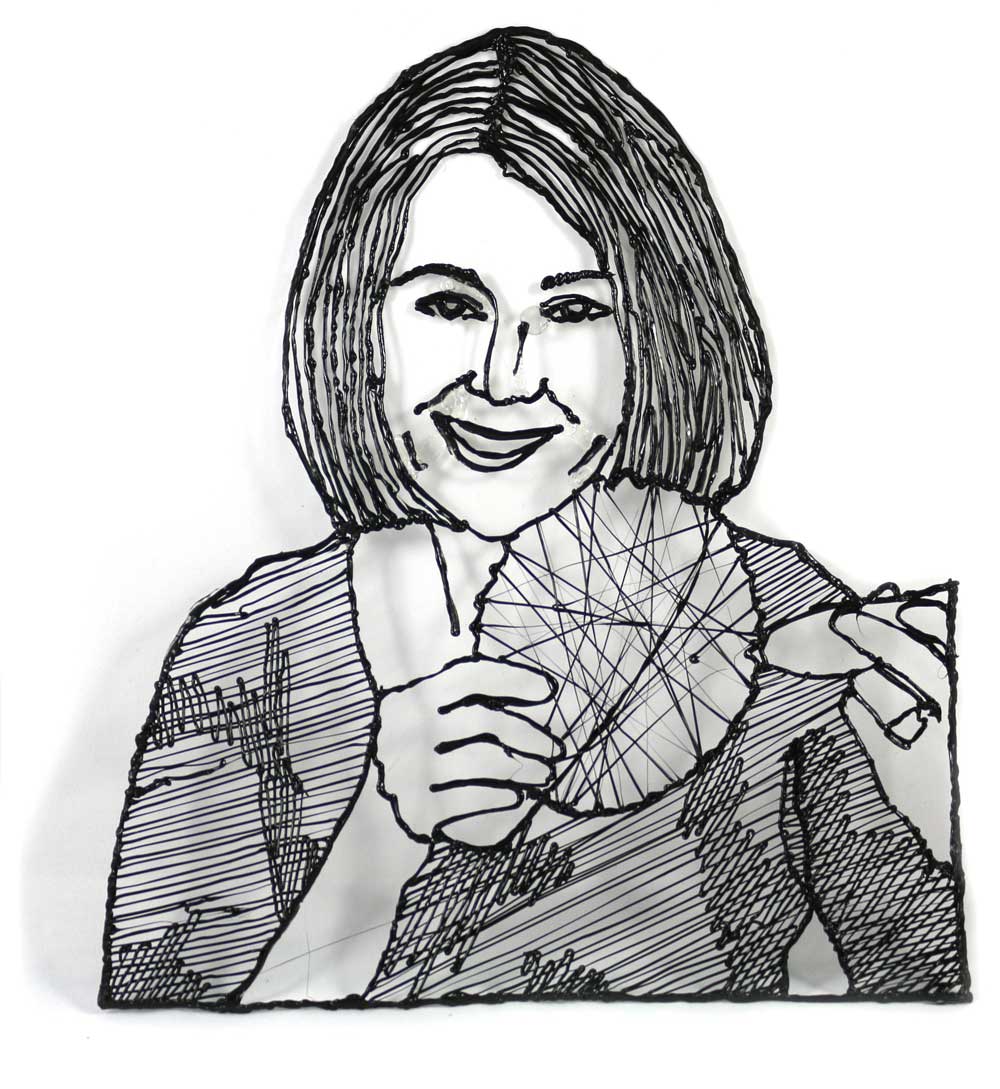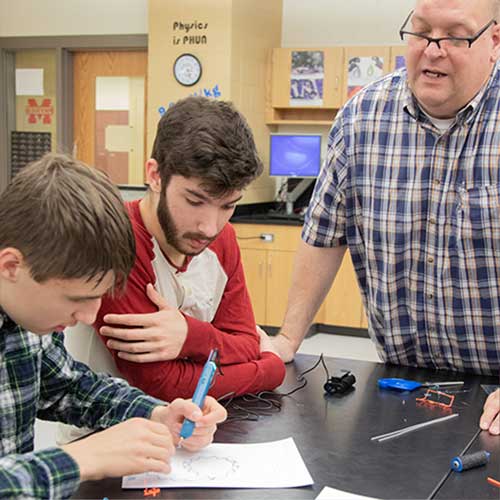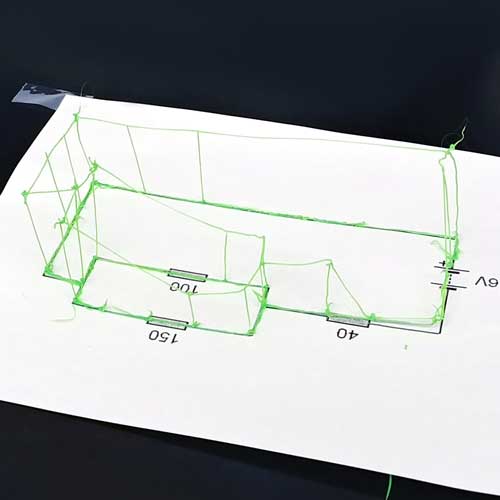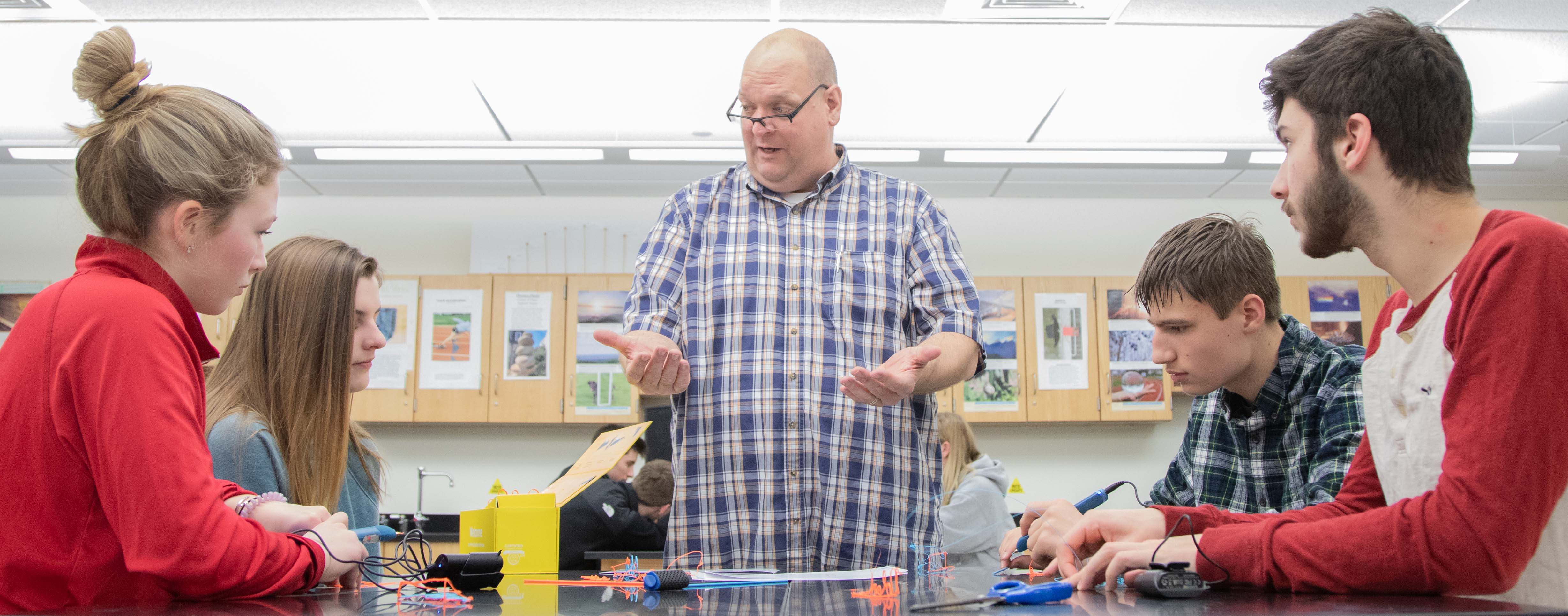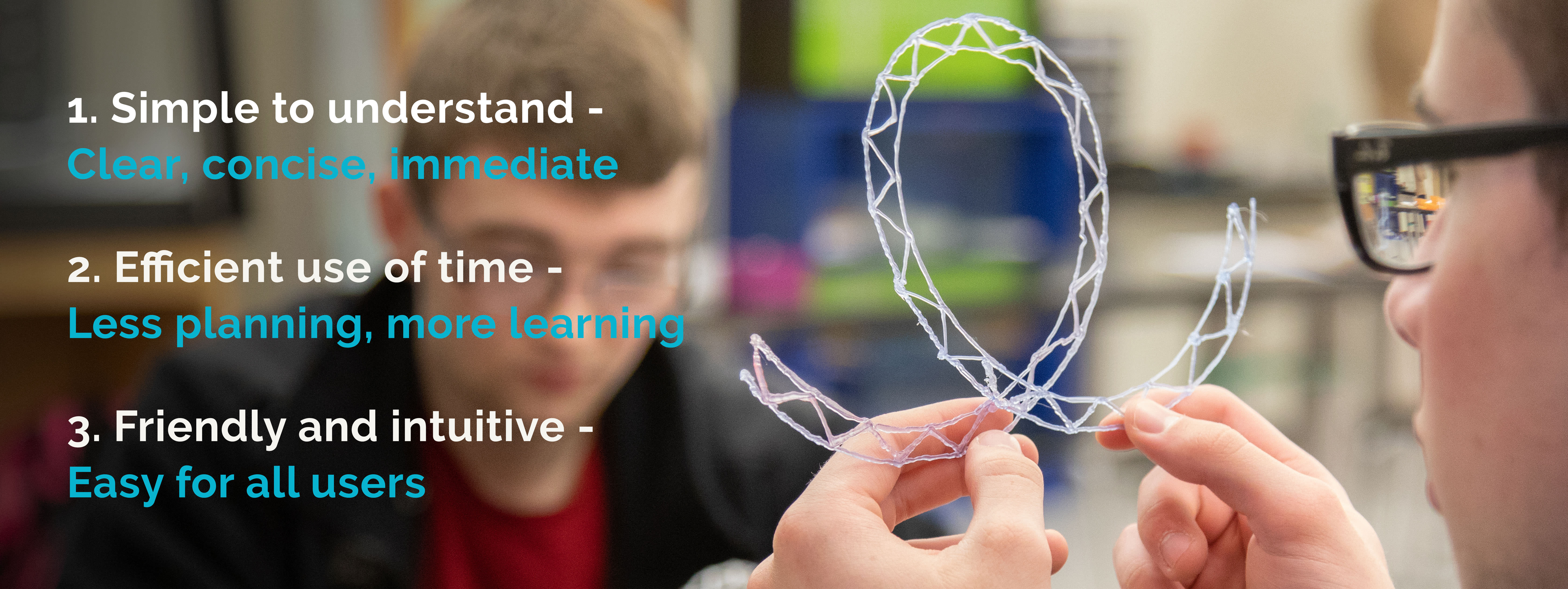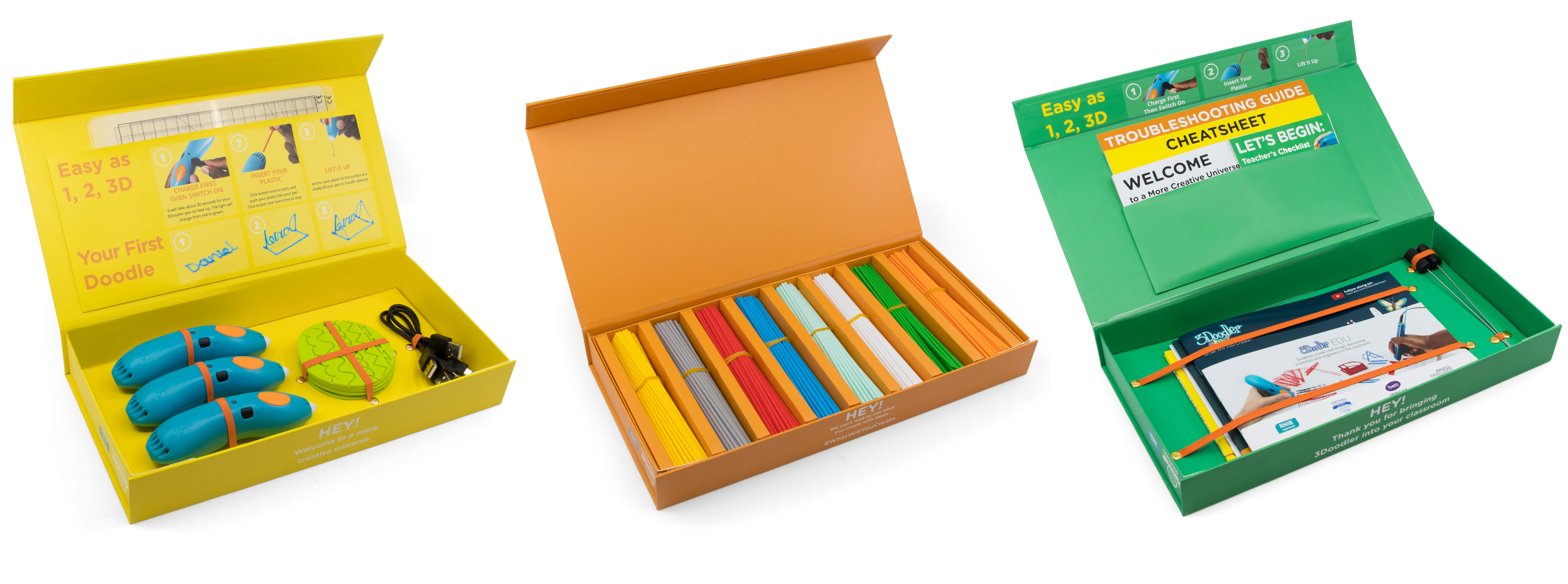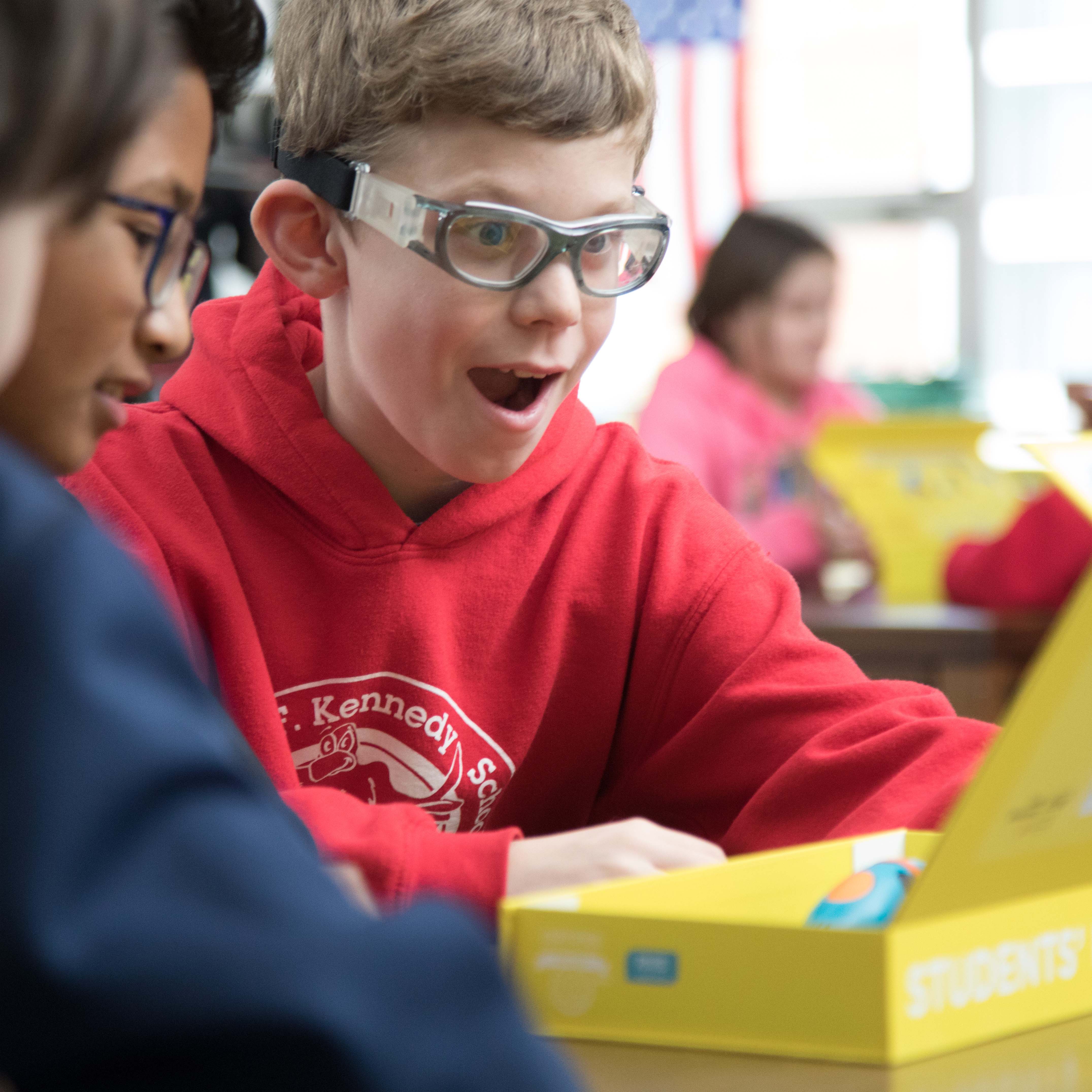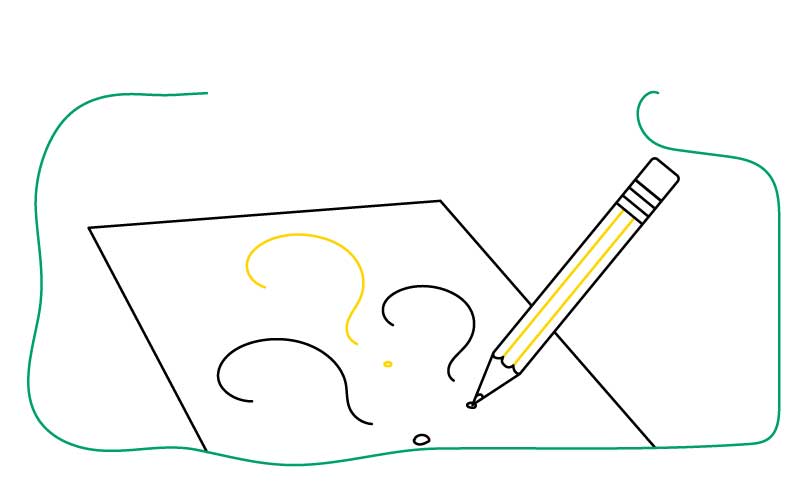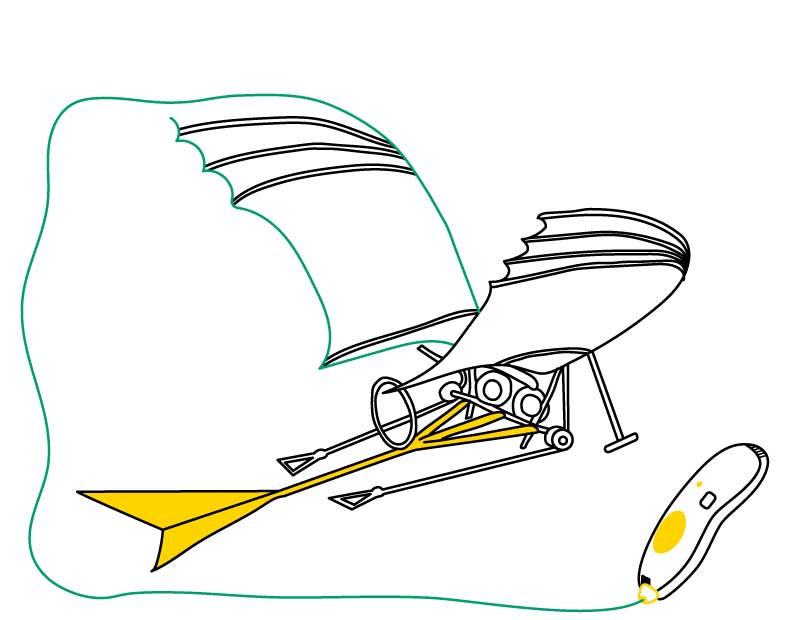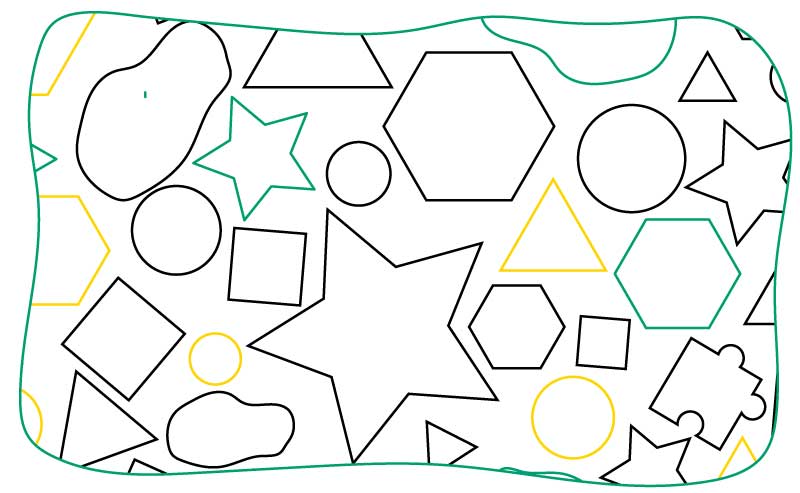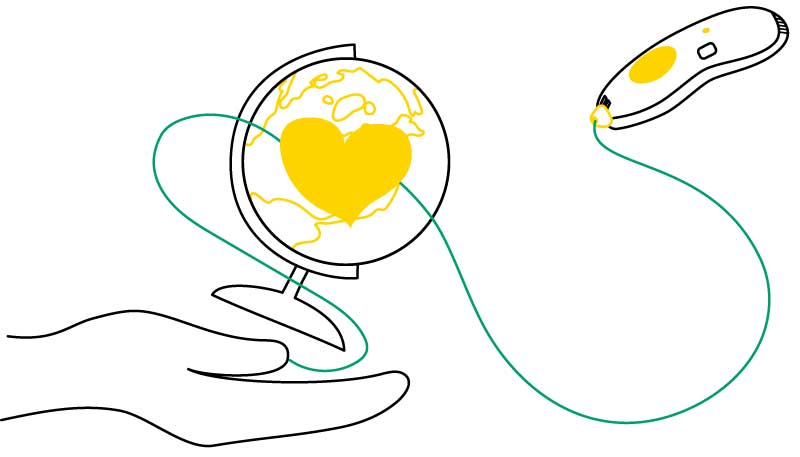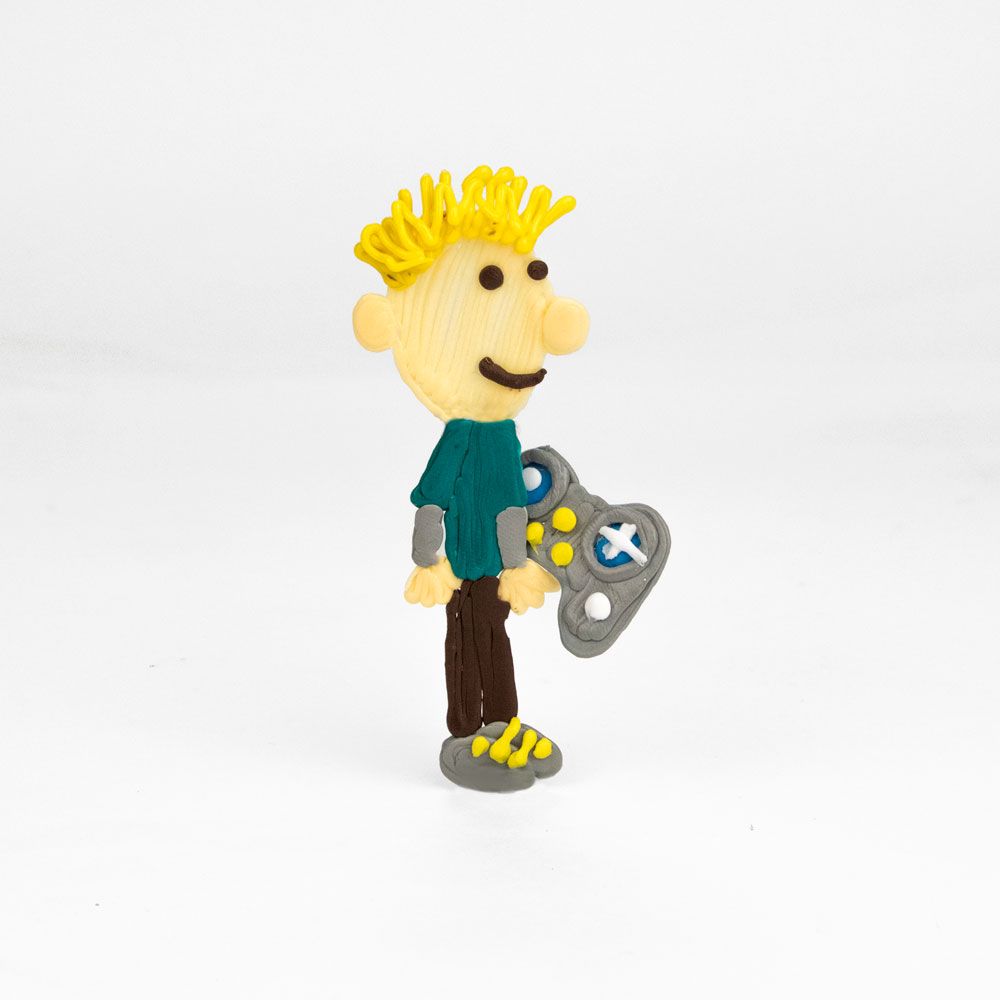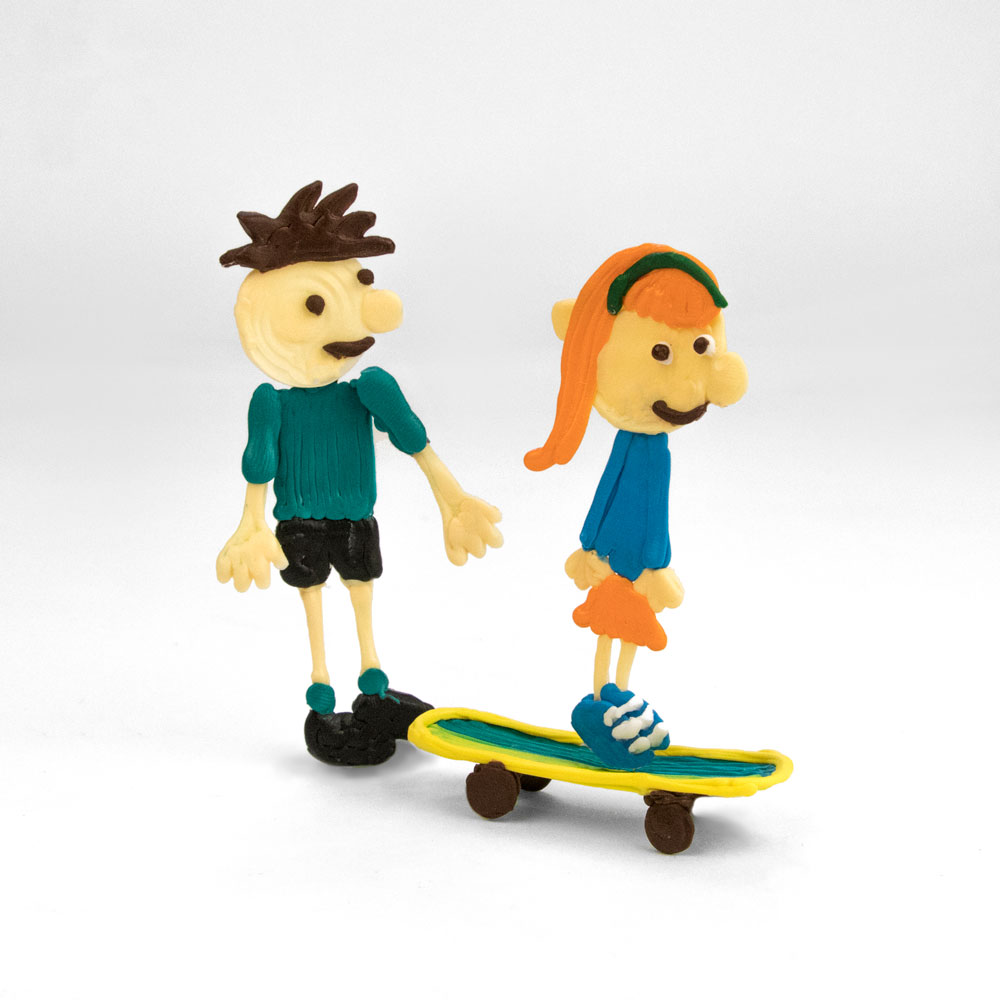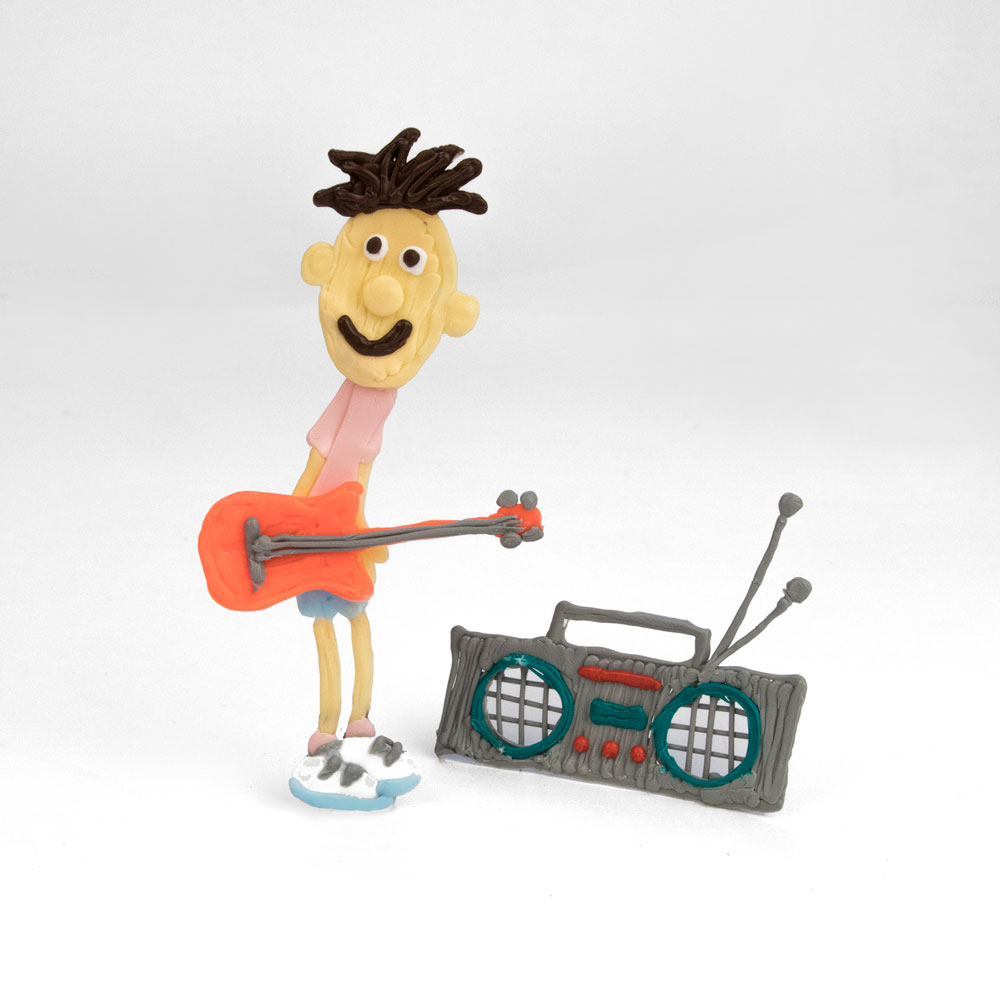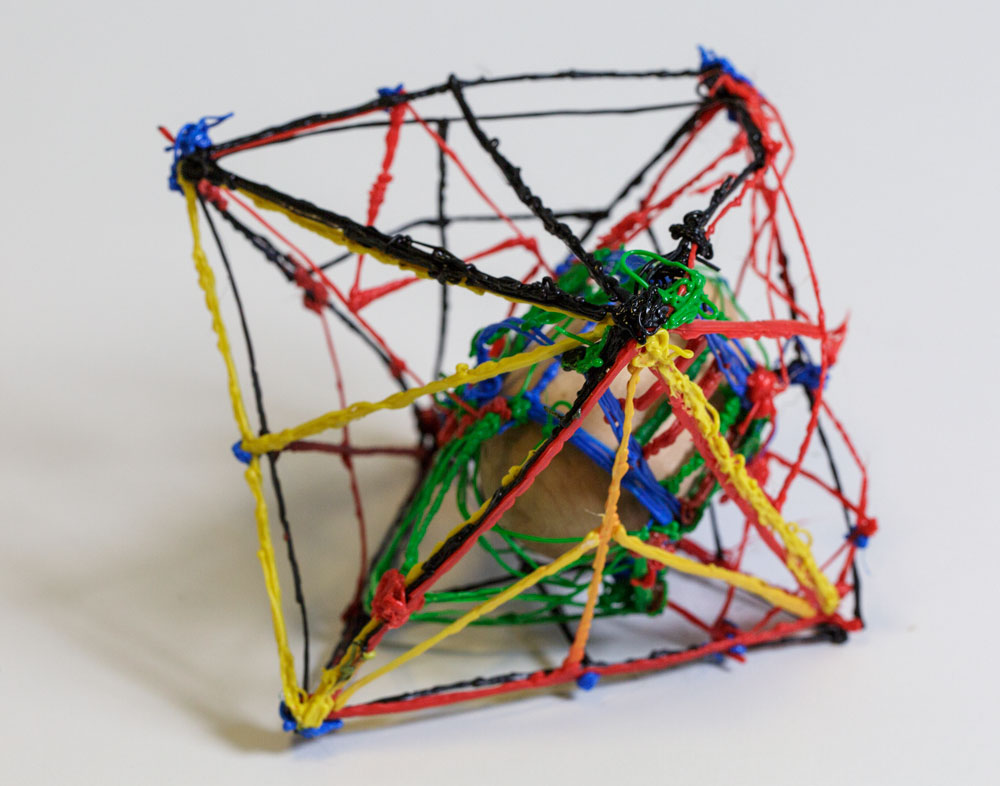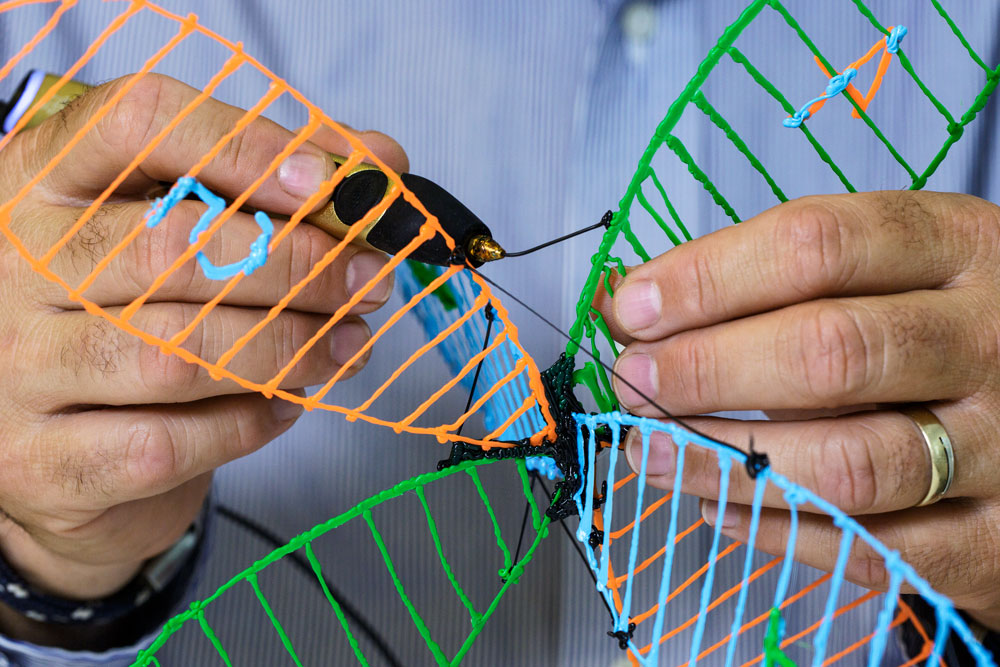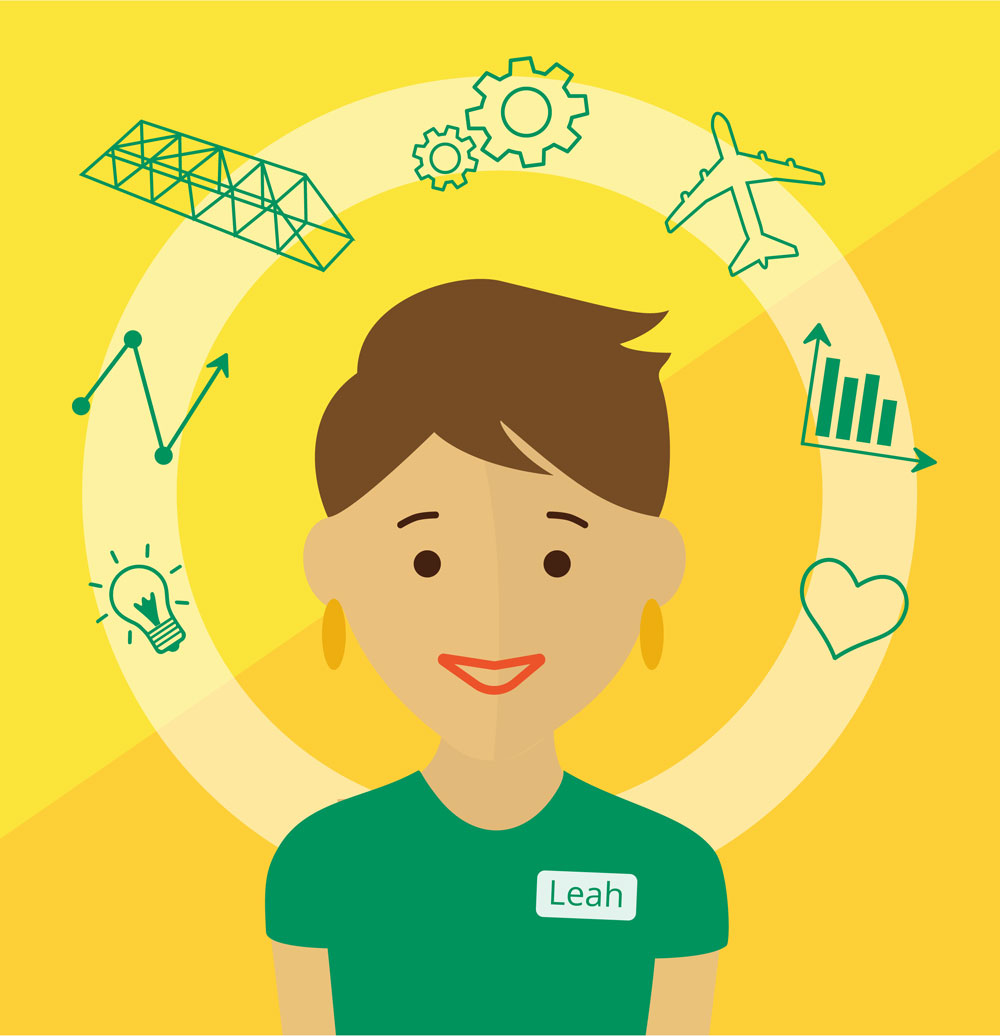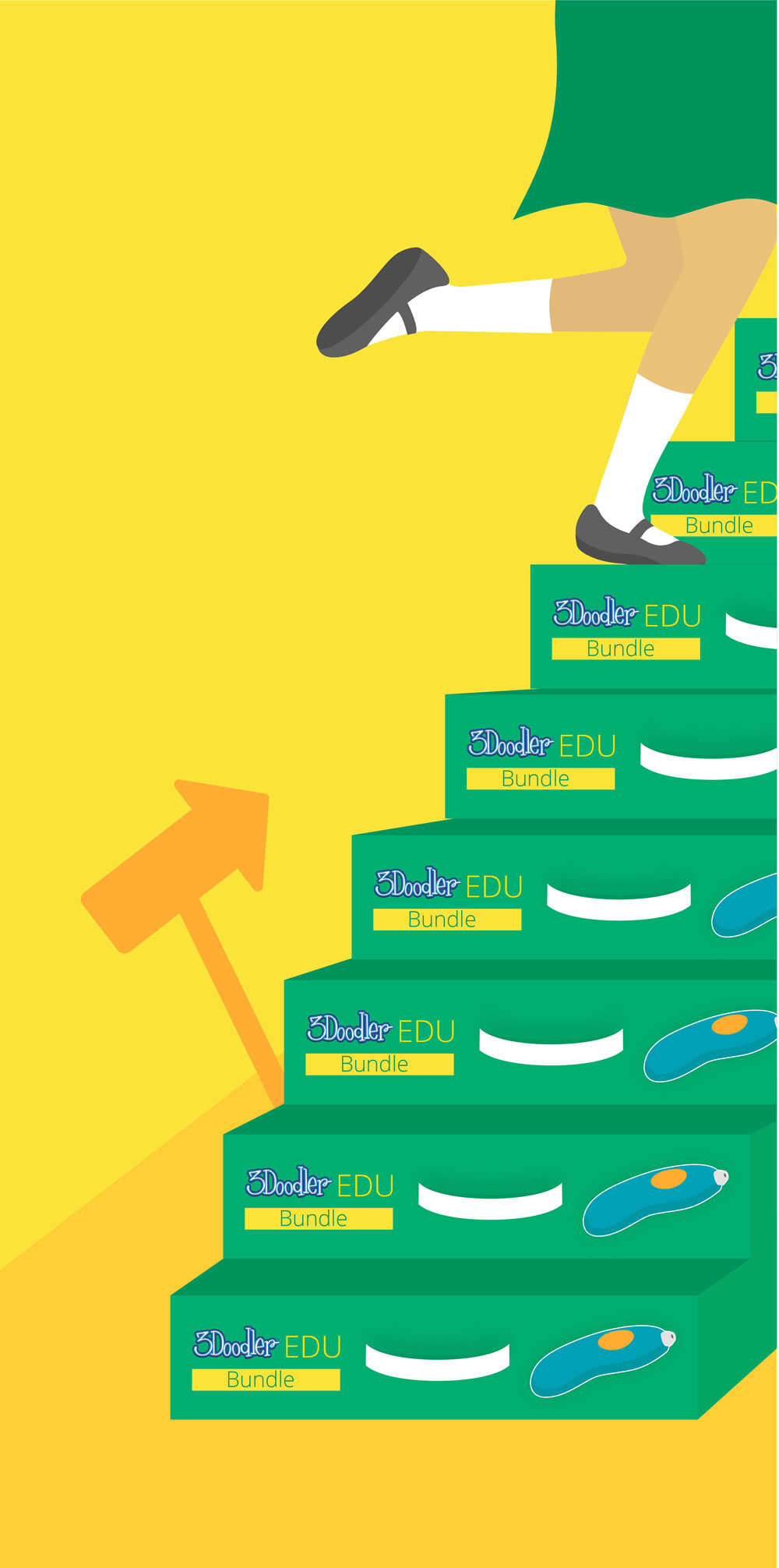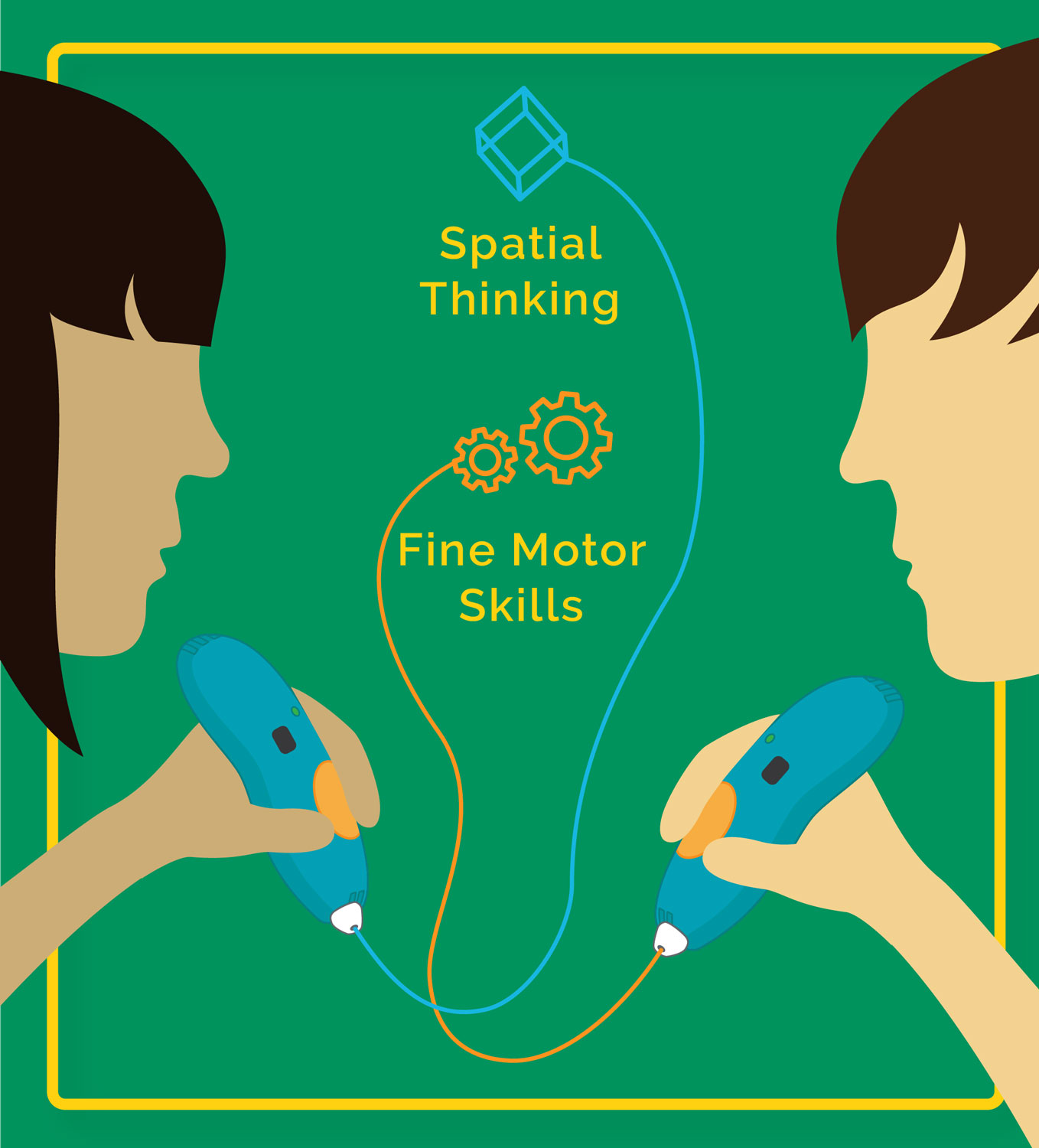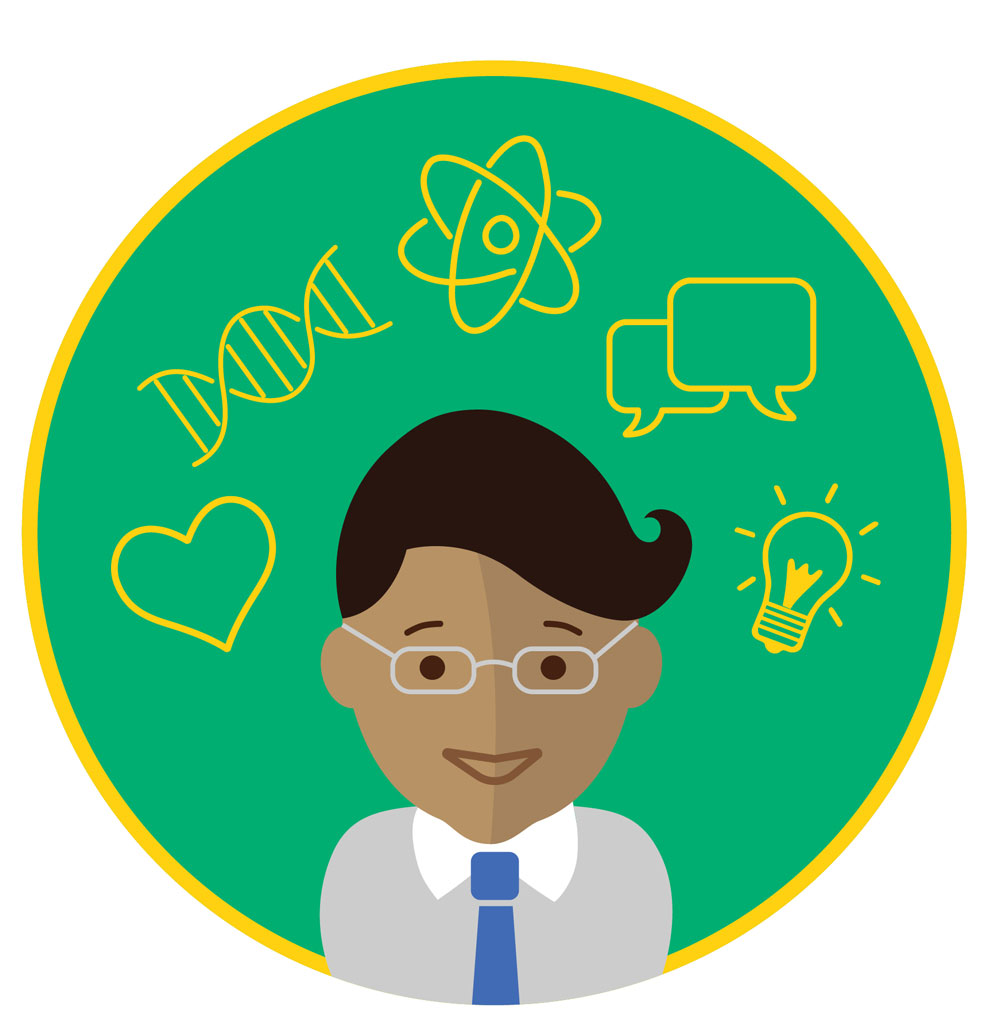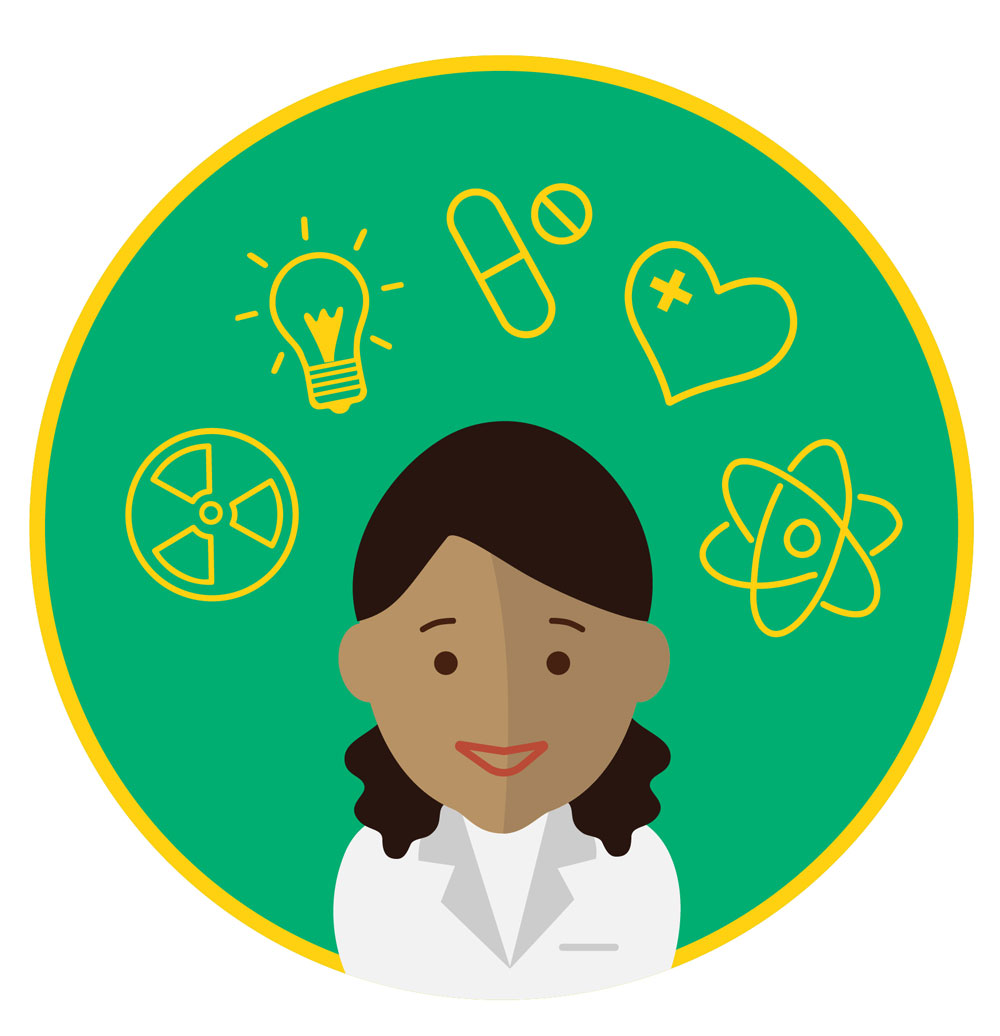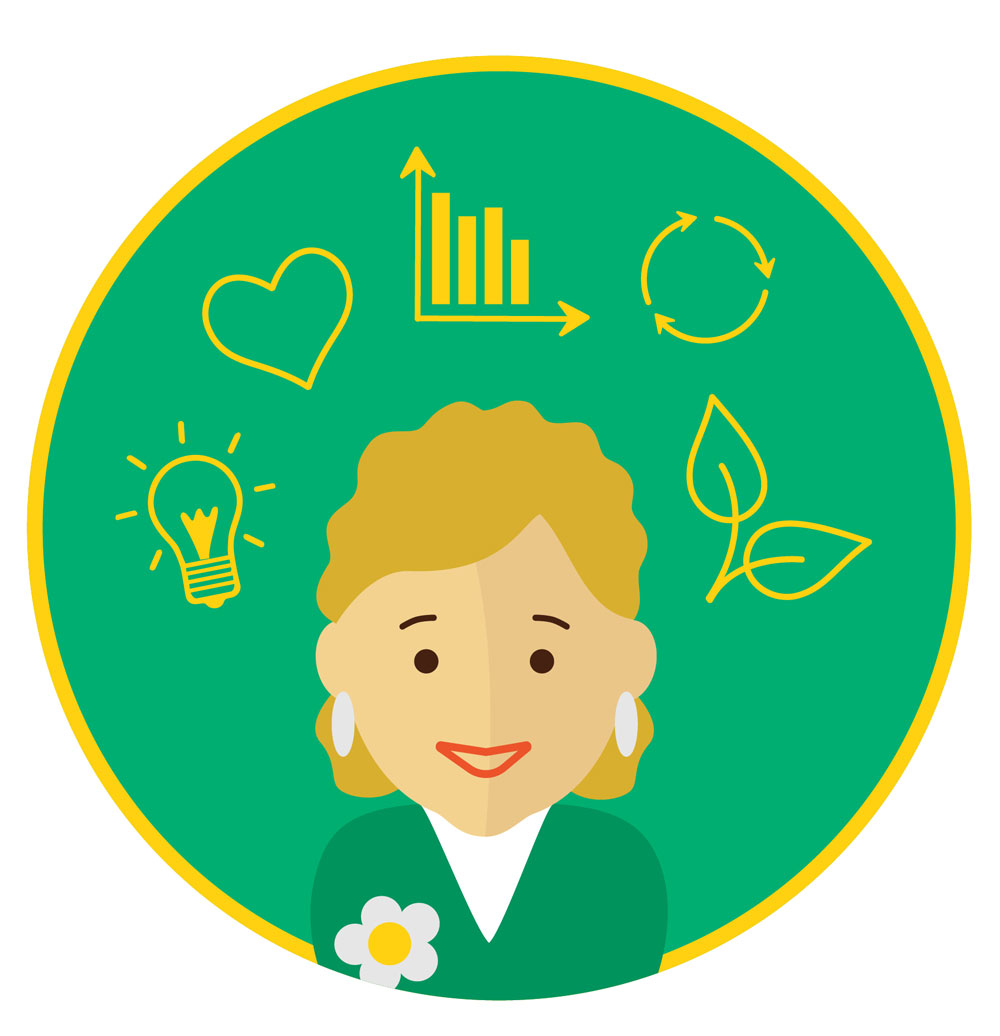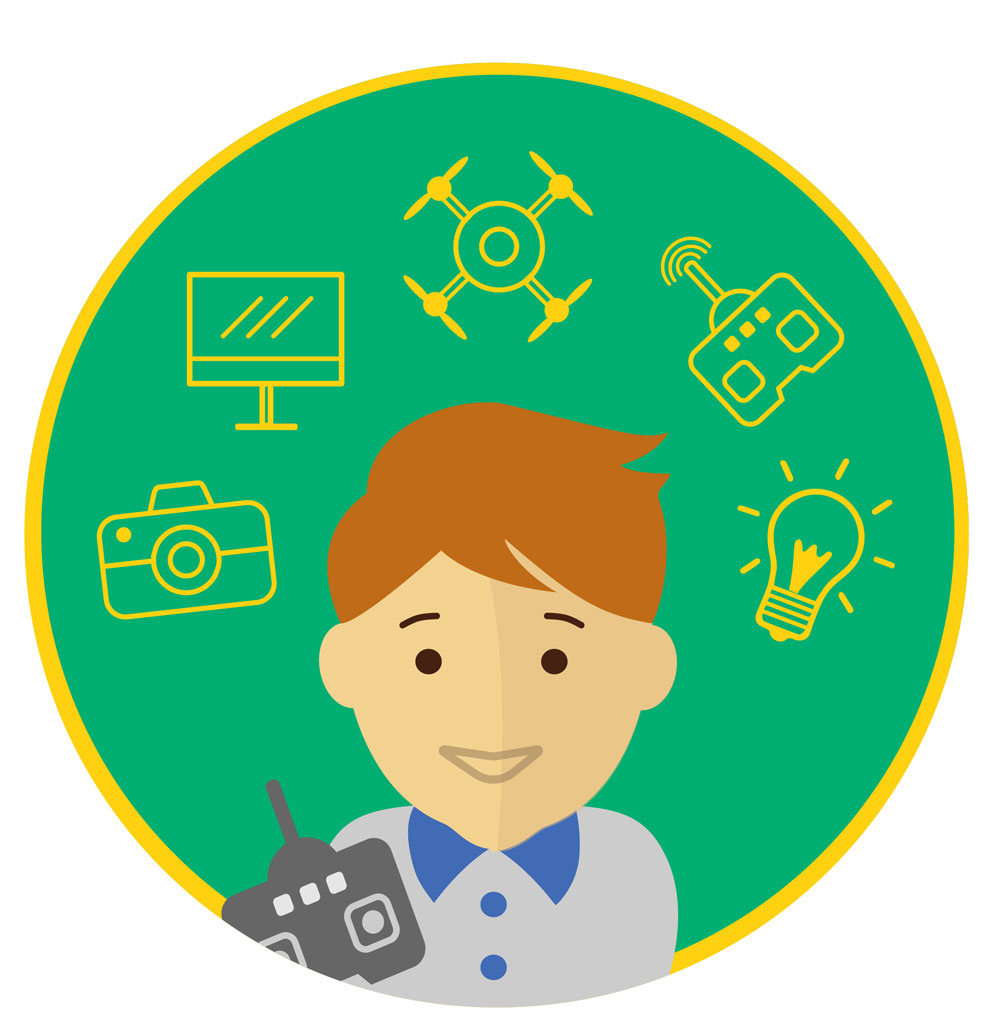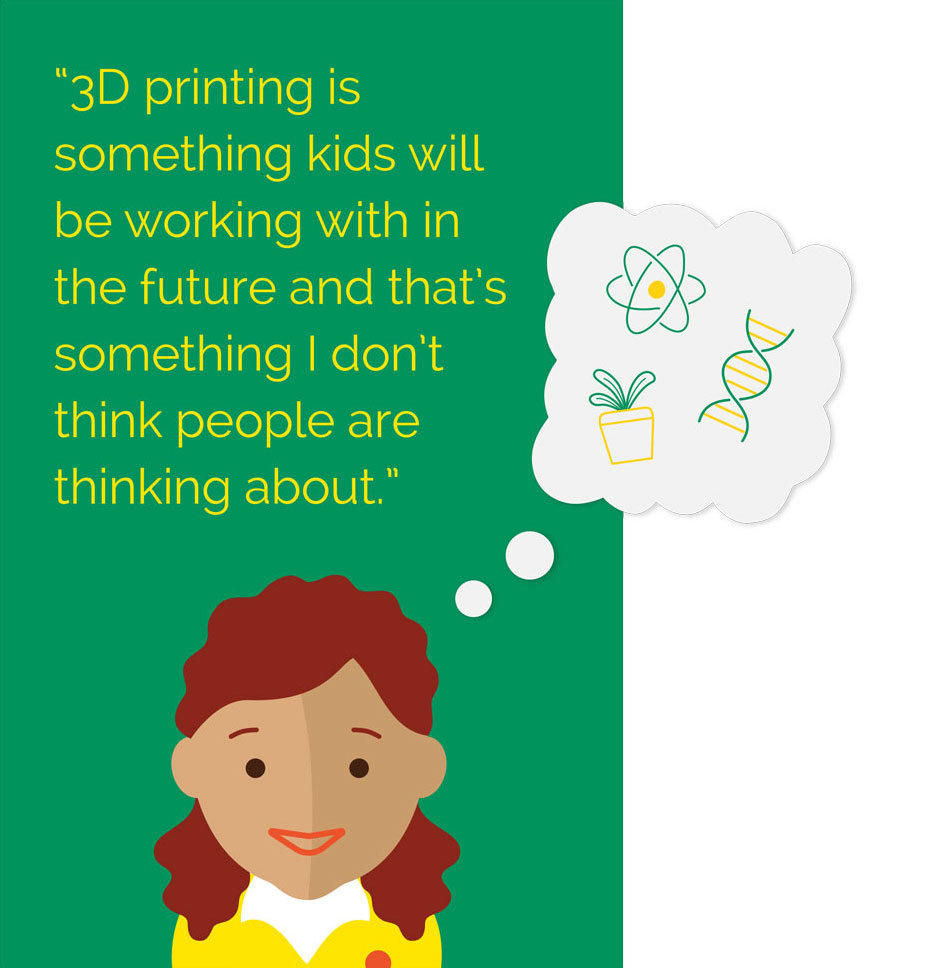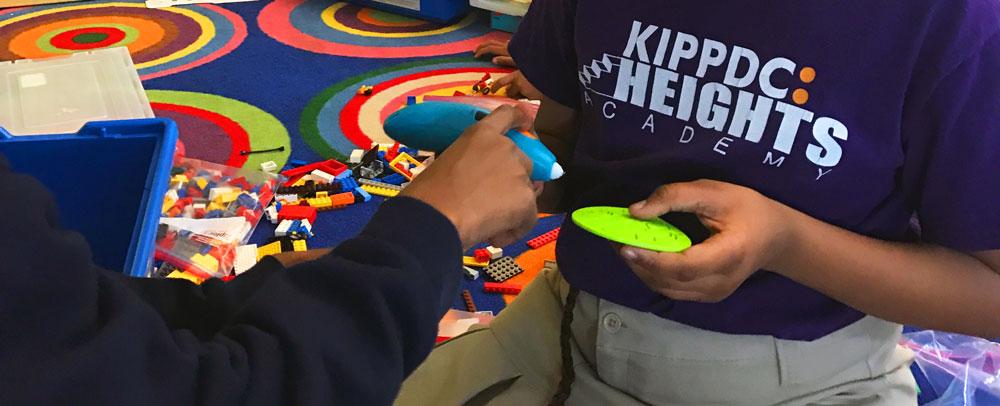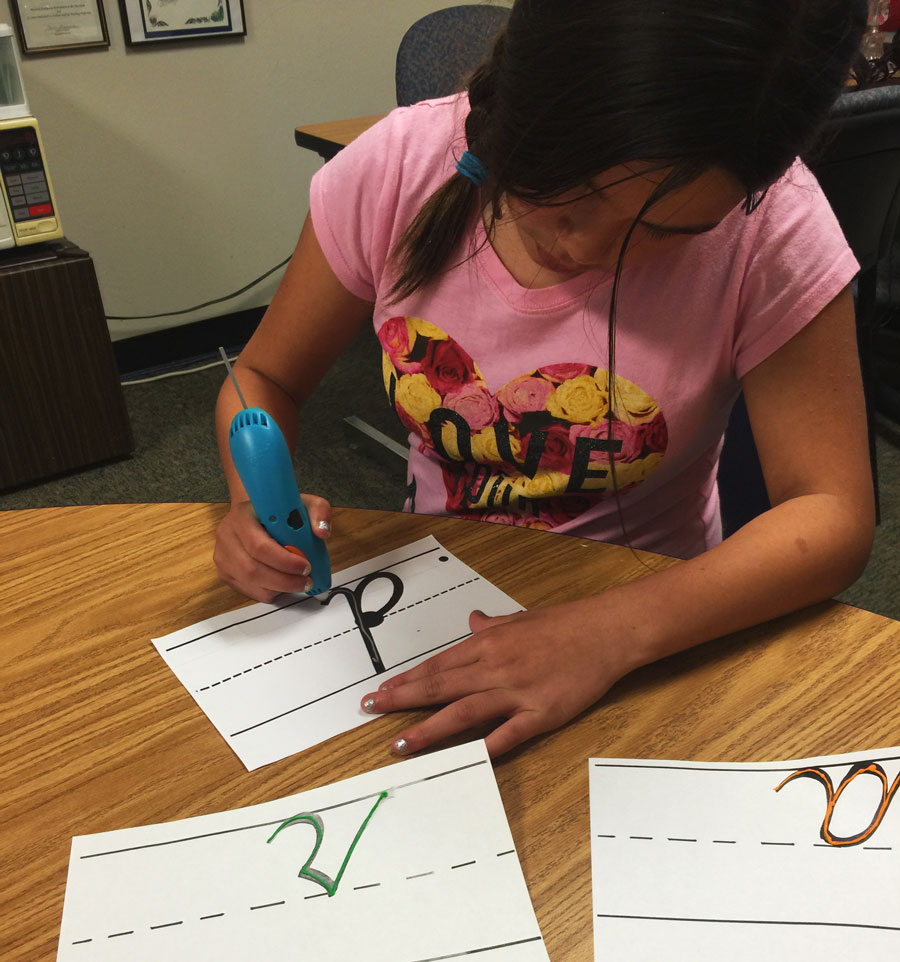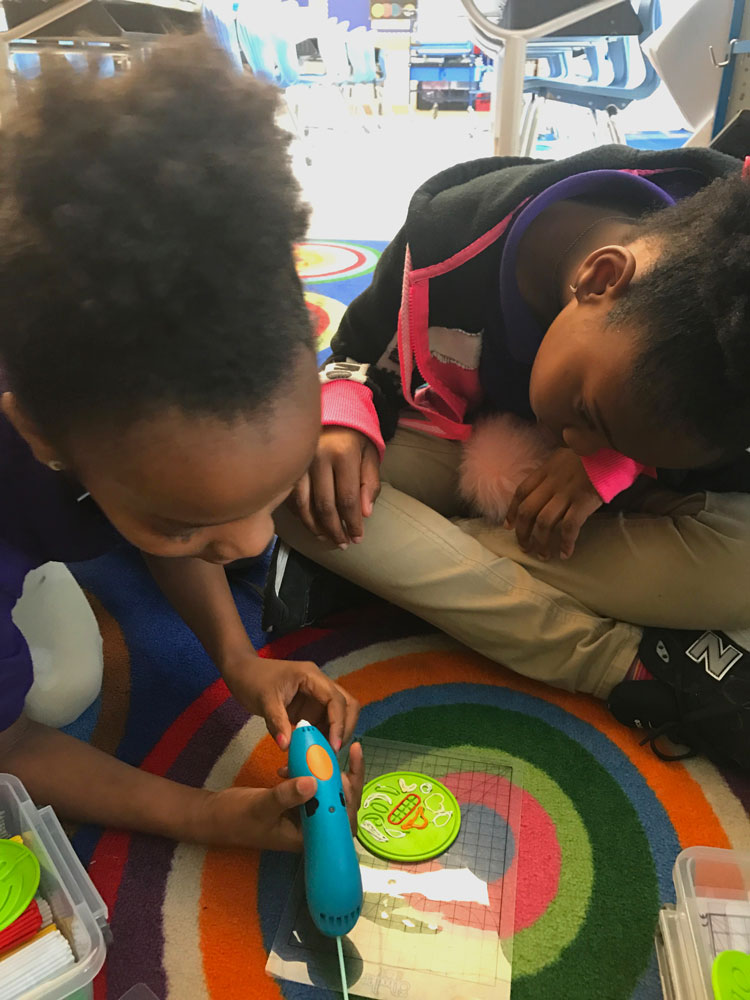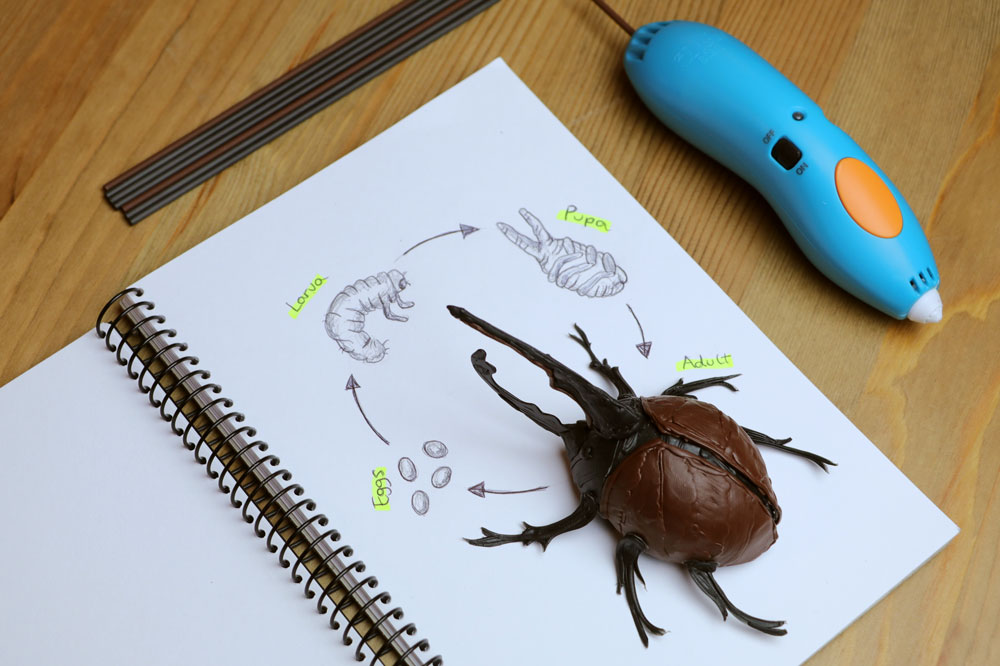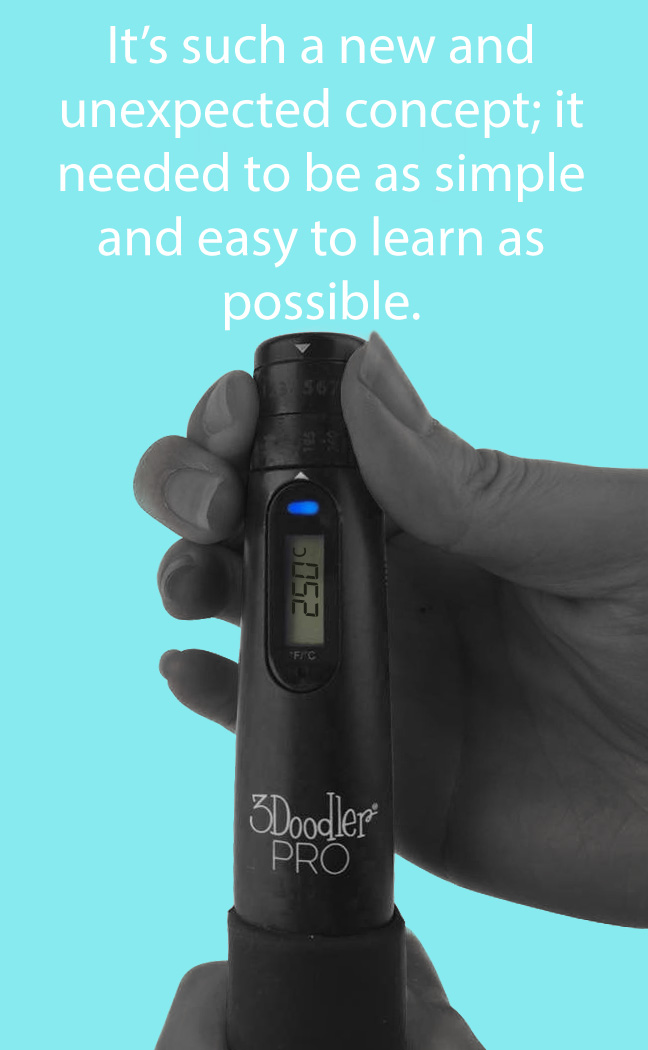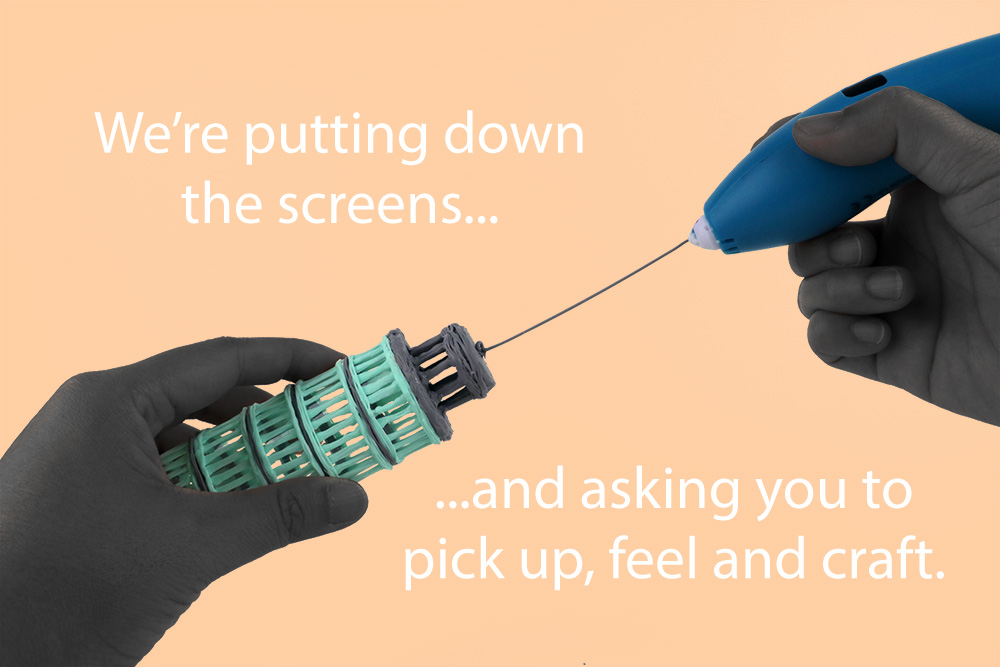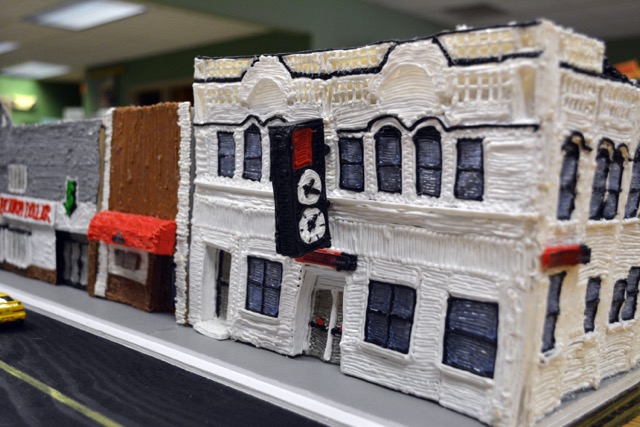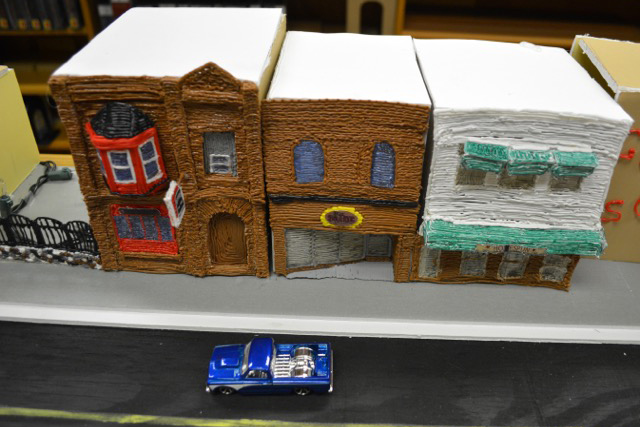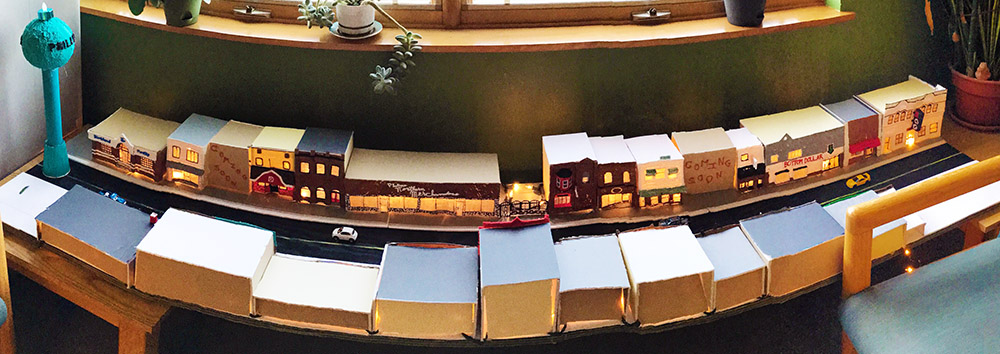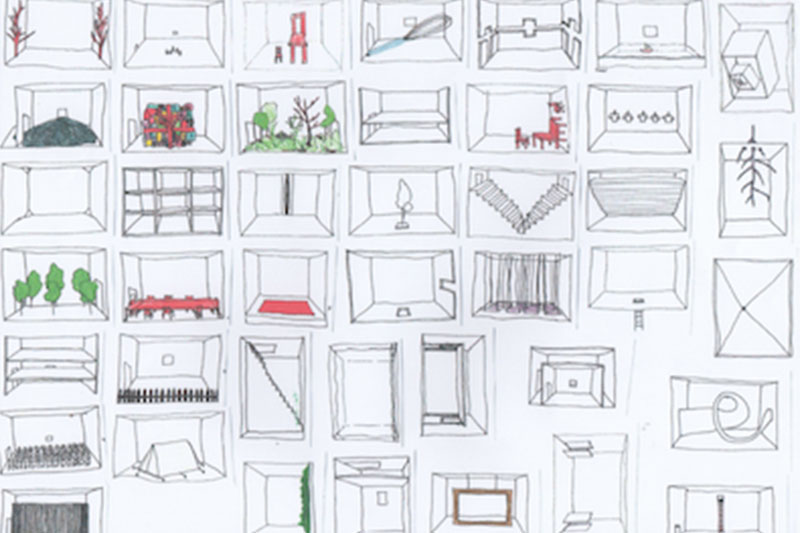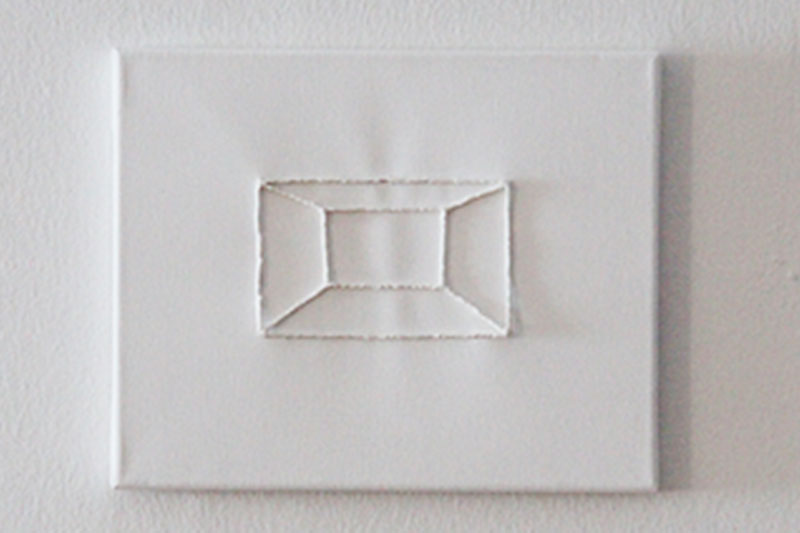Education has always been a key focus for 3Doodler. With a new Head of Education for 3Doodler EDU, and with another successful year at ISTE 2017, we’re looking to the future of education and tactile technology.
With a commitment to learning and classroom integration, we’re continually learning how we can improve accessibility and usability, to get more 3Doodlers into more classrooms and into the hands of more students.
A Focus on Education
As 3Doodler EDU grows and learns, we’ve expanded our education department with aerospace engineer and logistics and supply chain specialist Leah Wyman as our new Head of Education.
“We know the appointment of an aerospace and project engineer with supply chain experience to lead our education efforts may look unusual on paper,” admits 3Doodler Co-founder and CEO Maxwell Bogue. “But Leah’s engineering background, experience in data-driven strategy, and her lifelong love of learning make her the perfect fit for 3Doodler EDU.”
“Leah, as well as having an education background, also has a strong background in operations and management, and for us, in a way personifies STEM,” agrees 3Doodler Co-founder Daniel Cowen.
As a life-long leader in the push for gender equality in STEM subjects, Leah brings the experience and knowledge vital to helping 3Doodler’s own efforts in closing the gender gap.
“Having done engineering at school, and part of the minority of women in that field, Leah gives us an insight that allows us to help level that playing field even further,” explains Daniel.
Leah’s current focus is a close examination of the end-to-end experience of 3Doodler EDU. From first discovery to integration in the classroom and returning feedback to the company, Leah’s primary concern is providing the resources and accessibility that helps educators get the most out of their EDU bundles. But more than anything, she wants to be able to help teachers and students discover the joy of learning.
"Learning should be fun, and this is a way to help teachers achieve that." Share
“One of my goals is to really illustrate how learning is fun,” Leah explains. “Learning should be fun, and this is a way to help teachers achieve that. Teachers want that, and so do the kids.”
Leah says that having fun and engaging in the learning process is key. “I was lucky that I enjoyed learning when I was growing up, and that helped shape who I am today,” she says. “All kids deserve that opportunity, and 3Doodler can really help bring lessons to life in a fun way.”
Building Creative Classrooms
Integrating 3Doodler into education has always been a part of our mission.
“From the very early days of 3Doodler there was a keen interest within the education sector in what we were doing,” recalls Daniel. “And we saw this coming from a lot of different groups—special needs groups as well as just educators generally.”
While one of our initial concepts for how the 3Doodler could be applied in an educational setting was for STEM—Science, Technology, Engineering, Math—subjects, it soon became clear that there were no limits for how the 3Doodler could help students learn.
We’ve seen creative teachers use the 3Doodler to teach any combination of subjects, like creating a model town to help students engage with history and English. Educators across the country have found that the 3Doodler is the perfect tool for integrating art into the typical STEM subjects, to create STEAM for a well-rounded curriculum.
Other teachers have found that a tactile learning tool like 3Doodler helps students with learning disabilities engage better in the classroom.
For Leah, that hands-on learning opportunity is what makes 3Doodler so special. “I think every student can benefit from having that hands-on experience with learning,” she explains, “but there are other students who don’t learn in a traditional way who can really benefit from this. They might think they’re a bad student, but when you put something like the 3Doodler in their hands, then they realise they can do it, but just in a different way.”
“If we can help students who are more visually or tactile oriented progress quicker than they would have otherwise, then that’s a great thing,” Daniel agrees. “It levels the playing field. And every study we’ve done has shown that students that otherwise might have been at a disadvantage because they’re not textbook oriented have thrived with a tactile tool like the 3Doodler.”
"If we can help students who are more visually or tactile oriented progress quicker than they would have otherwise, then that’s a great thing." Share
With EDU bundles for both the 3Doodler Start and Create, we’re looking to a future of integrated tech in classrooms all over the world. And as we continue to seek new ways to design our products, website, and materials to be more classroom friendly, we’re also looking at ways to make the 3Doodler accessible for any teacher or student.
Initiatives like our partnership with DonorsChoose.org opened up creative possibilities for students across the country.
“The dream is to have this in every school, whether private or public, and to have 3Doodler accessible to every student, no matter their income level or where they are in the world,” says Daniel.
Read about how teachers Connie and Blair and Patricia and Christy funded their DonorChoose.org projects and integrated 3Doodler into their classrooms.
3Doodler at ISTE 2017
ISTE 2017 marks 3Doodler’s third year of participating in the education conference that brings thousands of teachers together to share and celebrate their ideas for STEM innovation and tech.
“For us, ISTE is as much showing off our wares as it is about absorbing the thoughts from thousands to tens of thousands of teachers on what we can be doing to improve the classroom experience and to take 3Doodler and adapt it and our materials so the students can gain even more from it,” explains Daniel.
Leah agrees. “It was great to be able to interface with the teachers and also some students that were there to really understand their ideas for the product,” she says. “Especially the teachers who already had 3Doodler EDU bundles and could explain some of their lesson plans. I’m so impressed with how teachers have been able to integrate the pens into their classrooms already.”
One teacher explained how she had used the 3Doodler to give her health students a clearer concept of disease and how different sicknesses affect the body. In pairs, one student would use the 3Doodler to create a model of a healthy organ, while the other was tasked with Doodling the same organ but with a specific illness.
In other cases, teachers and students discovering the 3Doodler for the first time discovered new applications that hadn’t considered before. “We have a fully articulated Doodled hand that we bring to every show and it sits on the front table,” says Daniel. “This year, a deaf student and teacher with their sign translator came by the booth, and saw the hand. Mid-conversation, the sign translator started using the articulated hand to make sign gestures.”
It was something the team had never seen before, and were immediately struck with how something like a Doodled hand could be used to teach sign language in a tactile way.
"ISTE is as much showing off our wares as it is about absorbing the thoughts from thousands to tens of thousands of teachers." Share
Other discoveries for the team came from concerns from teachers who were able to picture exactly how their kids might use—or try to misuse—the pens in the classroom.
This year, 3Doodler was proud to feature EDU bundles for the 3Doodler Start and showcase how younger learners could benefit from tactile technology in the classroom. One teacher was concerned about whether the 3Doodler Start plastic would come out of carpet.
“The teacher said they could just picture the students sitting on the floor of the classroom and Doodling into the carpet,” Daniel says. “So we decided to find out!”
He immediately sat down with a 3Doodler Start on the carpeted floor of the ISTE convention hall and brazenly Doodled as an elementary student might.
Fortunately for everyone involved, the Start plastic came right off, and ISTE 2017 was able to continue with more teachable moments.![back to top image]()

















